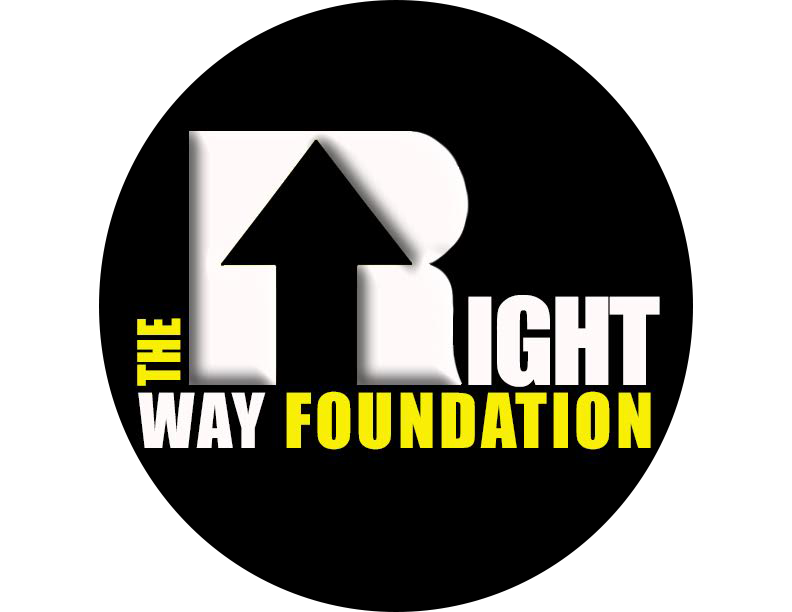Systemic Disparities in Child Welfare: Unveiling Inequities Faced by Children of Color
Buried underneath the surface of the child welfare system, there are hidden disparities based on race and economic status that unfairly determines a child’s future. Children from communities of color have been disproportionately affected, facing higher rates of investigation, foster care placement, and permanent separation from their families.
Sadly this disparity among families of color are rooted in societal inequalities. Poverty and addiction are usually connected to neglect rather than intentional abuse, which attracts more attention from Child Protective Services (CPS). Bias and systemic discrimination can influence decision making, which in the long run leads to disproportionate outcomes for families of color.
According to “Contact with Child Protective Services is pervasive but unequally distributed by race and ethnicity in large U.S. counties,” a study conducted by Rutgers University and Duke University, 1 in 3 children will be part of a CPS investigation at some point in their childhood; however that number is dramatically inflated for Black children living in large counties. .For example, in Los Angeles County, Black youth have a more than 7 out of 10 chance of being investigated by CPS.
The study concluded that Black and Native American children are more likely to be placed in foster care or to have parental rights terminated. The rate in which Black and Native American children are being put into the foster care system is more than 3 times the rate of their White peers. Also, regarding children experiencing termination of parental rights, Black children have a 3% chance, whereas their White peers have a 1% chance.
Although poverty and addiction are leading causes for CPS involvement, it is clear that there are certain systemic discriminations that play a role in decision making. Issues with predictive analytics and racial disparities are some examples of issues stemming from the system currently in place.
The use of predictive analytics in the child welfare system has attracted controversy because it might worsen racial disparities as a result of the data used to train the algorithm. This alone is a downfall of the current system as it takes already biased data and uses it to continuously exploit communities of color, especially here in Los Angeles.
To address these systematic disparities, comprehensive reform of the child welfare system is urgently needed. This reform should include efforts to mitigate implicit bias, provide cultural competence training for workers, and prioritize family preservation over removal. Additionally, policymakers must work towards implementing policies that address the root causes of neglect, such as poverty and lack of access to resources.
The disparities faced by children of color in the child welfare system underscore the deep-rooted systemic discrimination that persists in our society. It is crucial that we take action to reform the system, ensure equity and fairness for all children and families, and strive towards a future where every child has the opportunity to thrive, regardless of race or economic status.
by Chris V
